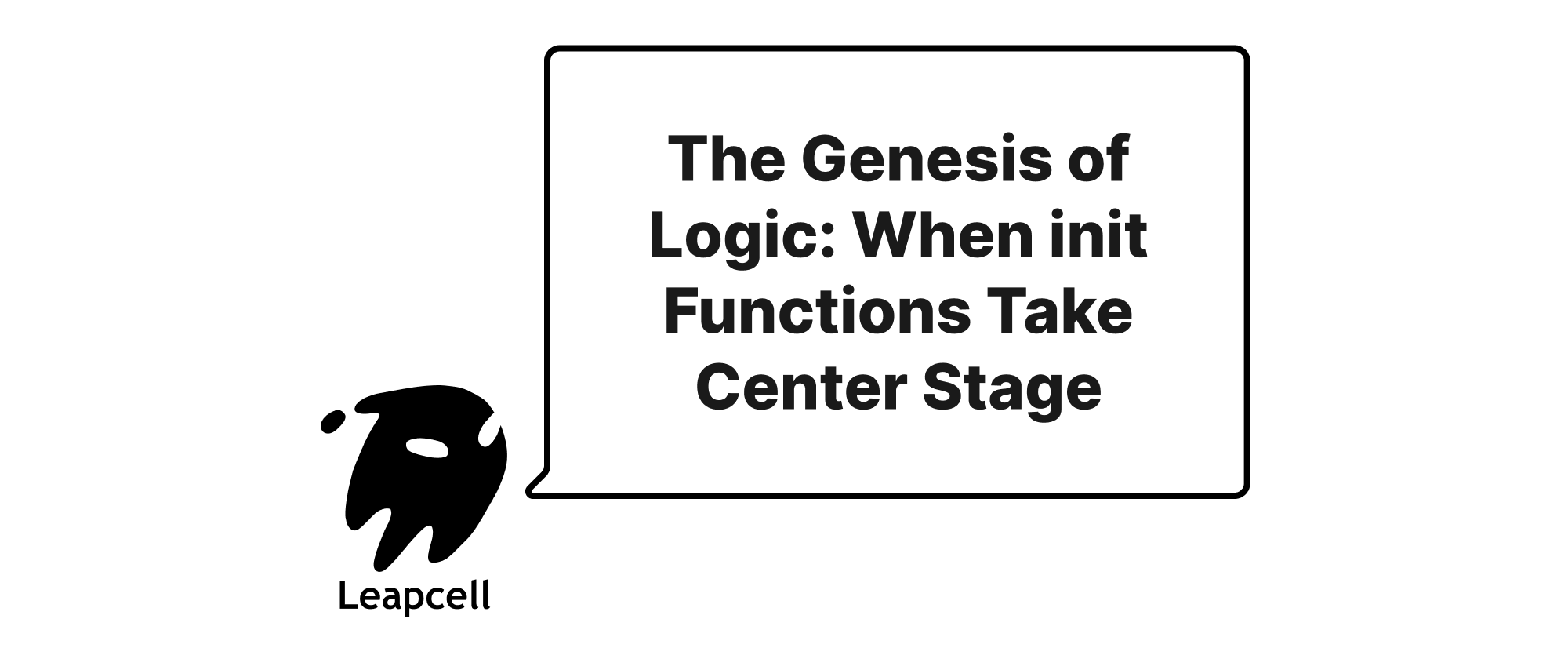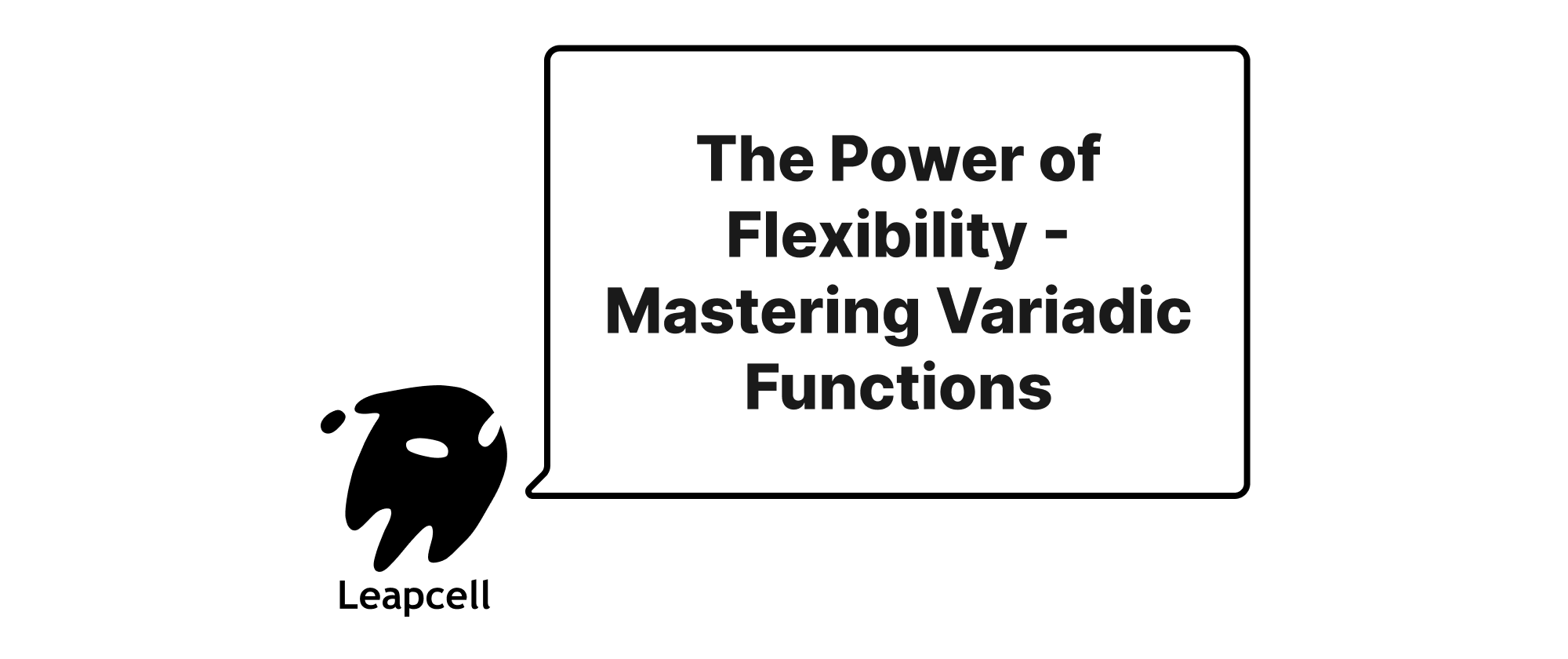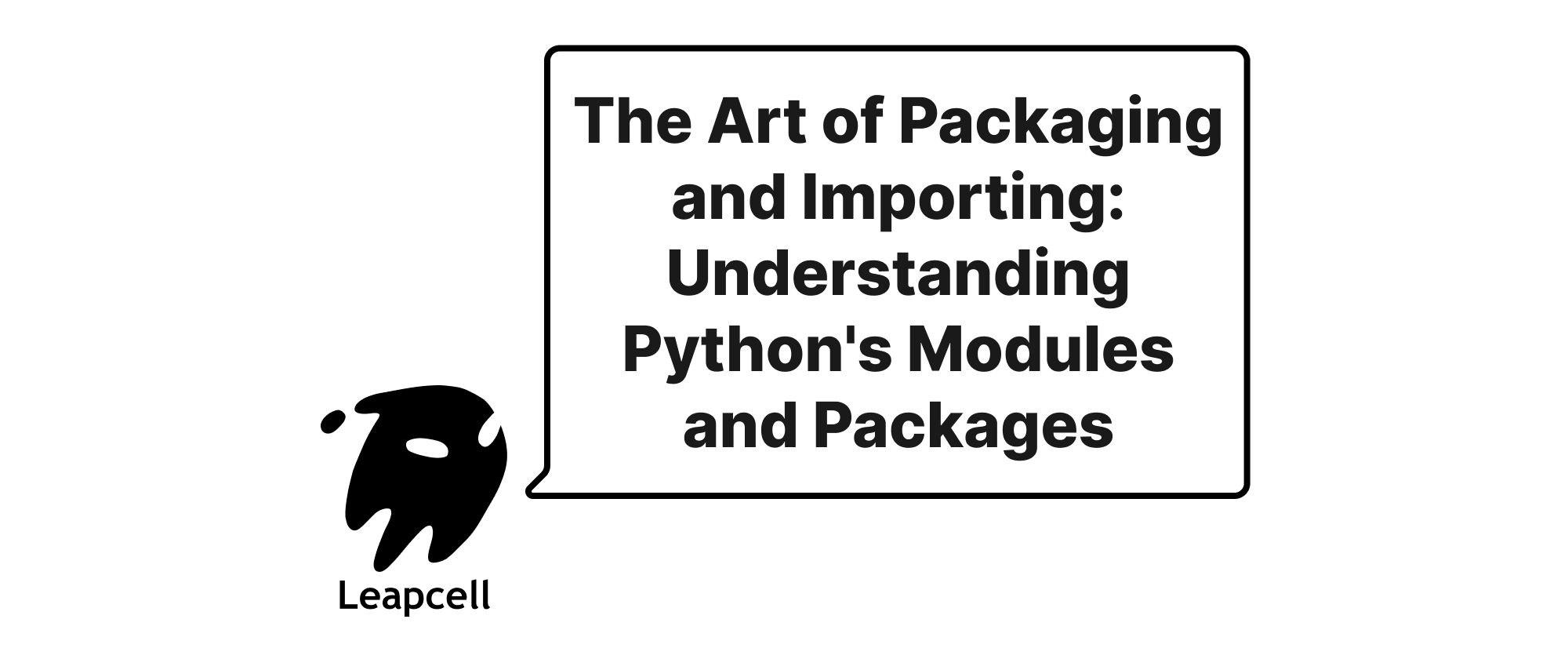The init Function in Go: Orchestrating Initialization Logic
Grace Collins
Solutions Engineer · Leapcell

The Go programming language is renowned for its simplicity, concurrency, and performance. Underlying these features is a carefully designed execution model, where various components come to life in a predictable order. Among these components, the init function stands out as a powerful, yet often misunderstood, mechanism for orchestrating initialization logic. Unlike typical functions that require explicit calls, init functions are invoked automatically by the Go runtime, providing a dedicated space for setup tasks before the main function even begins.
The Unseen Hand: When init Functions Execute
The most crucial aspect of init functions is their execution timing. They are not arbitrary functions you can call at will; rather, they are an integral part of Go's program startup sequence. Here's the precise order of events:
- Package Initialization Order: Go determines a dependency-ordered list of packages that need to be initialized. This order starts with packages imported by
main, and then recursively descends into their imports, ensuring that a package is initialized before any package that imports it. - Constant and Variable Initialization: Within each package, constants and then variables are initialized in the order they are declared. If a variable's initialization depends on a function call, that function is executed at this stage.
initFunction Execution: After all package-level constants and variables have been initialized within a package, anyinitfunctions declared within that same package are executed. If a package has multipleinitfunctions, they are executed in the order of their declaration within the source file. If a package consists of multiple source files, theinitfunctions across these files are executed alphabetically by filename, and then by declaration order within each file.mainFunction Execution: Finally, after all imported packages and themainpackage itself have been fully initialized (including the execution of all theirinitfunctions), themainfunction of themainpackage is executed, marking the true entry point of the application logic.
This rigid execution order ensures that your program starts with all its dependencies correctly set up and ready to use, minimizing potential race conditions or uninitialized states.
Common Use Cases for init Functions
The init function's automatic execution at startup makes it ideal for a variety of initialization tasks:
1. Database Connections and ORM Setup
Establishing a connection to a database is often a prerequisite for any application. init functions provide a clean place to perform this setup, ensuring the connection pool is ready before any Goroutine attempts to query the database.
package database import ( "database/sql" "fmt" "log" _ "github.com/go-sql-driver/mysql" // Driver import ) var DB *sql.DB func init() { var err error dsn := "user:password@tcp(127.0.0.1:3306)/dbname?parseTime=true" DB, err = sql.Open("mysql", dsn) if err != nil { log.Fatalf("Error opening database connection: %v", err) } if err = DB.Ping(); err != nil { log.Fatalf("Error connecting to the database: %v", err) } fmt.Println("Database connection established successfully!") } // In main or other package: // import "your_project/database" // ... database.DB.Query(...)
In this example, the init function in the database package handles the logic for opening and pinging the MySQL connection. By the time main runs, database.DB will be a valid, connected sql.DB instance. The blank import _ "github.com/go-sql-driver/mysql" is crucial here; it imports the package solely for its init function, which registers the SQL driver.
2. Configuration Loading and Environment Variables
Loading application configurations from files (e.g., JSON, YAML) or environment variables is another common startup task.
package config import ( "encoding/json" "log" "os" "sync" ) type AppConfig struct { Port int `json:"port"` LogLevel string `json:"log_level"` DatabaseURL string `json:"database_url"` } var ( GlobalConfig *AppConfig once sync.Once ) func init() { once.Do(func() { // Ensures this runs only once if imported multiple times GlobalConfig = &AppConfig{} configPath := os.Getenv("APP_CONFIG_PATH") if configPath == "" { configPath = "config.json" // Default path } file, err := os.Open(configPath) if err != nil { log.Fatalf("Failed to open config file %s: %v", configPath, err) } defer file.Close() decoder := json.NewDecoder(file) if err = decoder.Decode(GlobalConfig); err != nil { log.Fatalf("Failed to decode config file %s: %v", configPath, err) } log.Printf("Configuration loaded from %s", configPath) }) }
Here, init loads the configuration into GlobalConfig. The sync.Once is an important pattern to use within init functions if there's a chance the package might be indirectly imported multiple times, or if you want to ensure a complex setup logic runs precisely once even if the package is initialized multiple times through different import paths (though Go's package initialization typically guarantees single initialization).
3. Registering Handlers or Services
In applications with plugin architectures or modular designs, init functions can be used to register components with a central registry.
package metrics import ( "fmt" "net/http" ) // MetricCollector interface defines how new metrics are registered. type MetricCollector interface { Collect() map[string]float64 } var registeredCollectors = make(map[string]MetricCollector) // RegisterCollector allows modules to register their metric collection logic. func RegisterCollector(name string, collector MetricCollector) { if _, exists := registeredCollectors[name]; exists { panic(fmt.Sprintf("Metric collector '%s' already registered", name)) } registeredCollectors[name] = collector } func init() { // A simple HTTP endpoint for exposing collected metrics http.HandleFunc("/metrics", func(w http.ResponseWriter, r *http.Request) { for name, collector := range registeredCollectors { metrics := collector.Collect() fmt.Fprintf(w, "# Metrics from %s:\n", name) for key, value := range metrics { // Basic exposition format, could be Prometheus format etc. fmt.Fprintf(w, "%s_%s %f\n", name, key, value) } } }) fmt.Println("Metrics endpoint registered at /metrics") } // In another package, e.g., 'auth', to register its metrics: package auth import "your_project/metrics" // Assuming 'metrics' is the package above type authMetrics struct{} func (am *authMetrics) Collect() map[string]float64 { // Simulate collecting some auth related metrics return map[string]float64{ "active_users_count": 123.0, "failed_logins_total": 45.0, } } func init() { metrics.RegisterCollector("auth", &authMetrics{}) fmt.Println("Auth metrics registered.") }
This pattern allows different parts of your application to contribute to a shared metric collection system without direct dependencies, all orchestrated during startup via init functions.
4. Performing One-Time Setup or Validation
Any task that absolutely must be done once before any other application logic can run is a candidate for init. This could include validating environment variables, initializing global caches, or logging initial startup messages.
package cache import ( "fmt" "log" "time" ) // GlobalCache simulates a simple in-memory cache var GlobalCache = make(map[string]string) func init() { fmt.Println("Initializing global cache...") // Simulate some expensive cache pre-population time.Sleep(100 * time.Millisecond) GlobalCache["version"] = "1.0.0" GlobalCache["startup_time"] = time.Now().Format(time.RFC3339) log.Println("Global cache initialized.") }
Best Practices and Considerations
While init functions are powerful, they should be used judiciously. Misusing them can lead to less readable code and hard-to-debug issues.
- Keep
initFunctions Lean: Avoid complex, long-running operations ininit. If aninitfunction panics, the entire program will crash during startup, even beforemainhas a chance to execute. Keep them focused on essential setup. - No Parameters, No Return Values:
initfunctions are special functions with no parameters and no return values. This reinforces their role as automatic, self-contained initialization blocks. - Multiple
initFunctions per Package: A single package can have multipleinitfunctions across its source files. As mentioned, their execution order is determined by file name (alphabetical) and then declaration order within the file. This can be tricky to manage and might lead to unexpected behavior if dependencies exist between them. Often, it's clearer to consolidate relatedinitlogic into a singleinitfunction per package or to explicitly manage dependencies if separateinitfunctions are truly necessary. - Error Handling:
initfunctions cannot return errors. If an error occurs during initialization, the only way to signal failure is topanic. This will terminate the program. For critical, non-recoverable errors, panicking is acceptable. For softer errors where you might want to log a warning but continue, consider handling them differently or using a flag thatmaincan check. - Avoid Side Effects on Other Packages: While
initfunctions are great for setting up their own package, be cautious aboutinitfunctions directly manipulating global state in other packages, especially if those packages might not expect such modifications. - Testability:
initfunctions can make unit testing more difficult because they run automatically. If yourinitfunction performs actions like connecting to a real database, it makes isolated testing of your package challenging. Consider abstracting such initialization behind interfaces or functions thatinitcan call, allowing you to mock or control their behavior during tests.
Conclusion
The init function in Go is a fundamental part of its execution model, enabling robust and predictable application startup. By understanding its execution timing and strategic use, developers can ensure that their applications are properly configured, dependencies are met, and core services are ready before the main application logic takes over. While powerful, init functions should be used with care, adhering to best practices to maintain code clarity, testability, and resilience. They are the silent orchestrators, ensuring your Go program begins its journey on a solid foundation.


